Shift Towards Electric Vehicles
The shift towards electric vehicles (EVs) is significantly impacting the Automotive Tuner IC Market. As the automotive landscape evolves, the demand for tuner ICs that can support the unique requirements of EVs is increasing. These vehicles often require specialized tuner ICs to manage various functions, including energy management and communication systems. The Automotive Tuner IC Market is projected to grow exponentially, with estimates suggesting that EVs could account for over 30% of total vehicle sales by 2030. This transition presents a substantial opportunity for the Automotive Tuner IC Market, as manufacturers adapt their offerings to meet the specific needs of electric vehicles, thereby driving innovation and growth.
Technological Advancements in Tuner ICs
Technological advancements are playing a pivotal role in shaping the Automotive Tuner IC Market. Innovations in semiconductor technology have led to the development of tuner ICs that offer improved performance, reduced power consumption, and enhanced integration capabilities. For instance, the introduction of software-defined radio technology allows for greater flexibility in tuning and reception, catering to diverse broadcasting standards. This evolution is reflected in the increasing adoption of tuner ICs in modern vehicles, with the market expected to grow at a CAGR of around 8% over the next five years. As automotive manufacturers prioritize cutting-edge technology, the Automotive Tuner IC Market is likely to witness substantial growth driven by these advancements.
Regulatory Push for Enhanced Safety Features
The Automotive Tuner IC Market is also influenced by regulatory frameworks aimed at enhancing vehicle safety. Governments worldwide are implementing stringent regulations that mandate the inclusion of advanced safety features in vehicles, which often necessitate the integration of sophisticated tuner ICs. For example, the implementation of vehicle-to-everything (V2X) communication systems requires reliable and efficient tuner ICs to facilitate real-time data exchange. This regulatory push is expected to drive the demand for tuner ICs, as manufacturers seek to comply with safety standards while also enhancing the overall functionality of their vehicles. The Automotive Tuner IC Market is thus likely to benefit from these regulatory developments, as they create a conducive environment for innovation and growth.
Rising Demand for In-Vehicle Infotainment Systems
The Automotive Tuner IC Market is experiencing a notable surge in demand for advanced in-vehicle infotainment systems. As consumers increasingly seek enhanced entertainment and connectivity features, automotive manufacturers are compelled to integrate sophisticated tuner ICs into their vehicles. This trend is underscored by the fact that The Automotive Tuner IC Market is projected to reach approximately 30 billion USD by 2026. Consequently, the need for high-performance tuner ICs that can support various multimedia formats and connectivity options is becoming paramount. The Automotive Tuner IC Market is thus positioned to benefit from this growing consumer preference, as manufacturers strive to deliver innovative solutions that enhance the overall driving experience.
Consumer Preference for Customization and Personalization
Consumer preferences are increasingly leaning towards customization and personalization in the automotive sector, which is influencing the Automotive Tuner IC Market. As drivers seek to tailor their in-vehicle experiences, automotive manufacturers are integrating tuner ICs that allow for personalized audio and connectivity options. This trend is reflected in the growing market for aftermarket accessories, which is expected to reach 50 billion USD by 2025. The demand for tuner ICs that can support various customization features is likely to rise, as manufacturers aim to enhance user satisfaction and engagement. Consequently, the Automotive Tuner IC Market is poised to capitalize on this trend, as it aligns with the broader movement towards personalized automotive experiences.

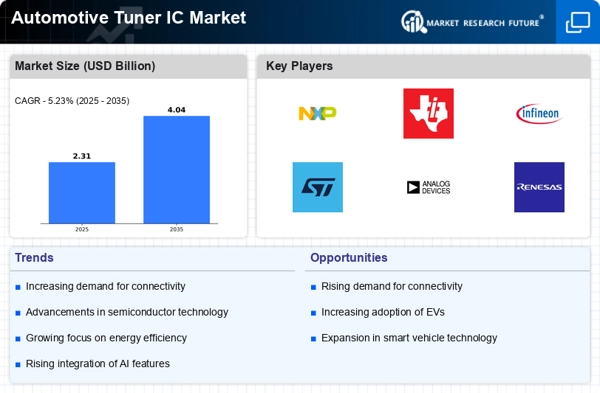
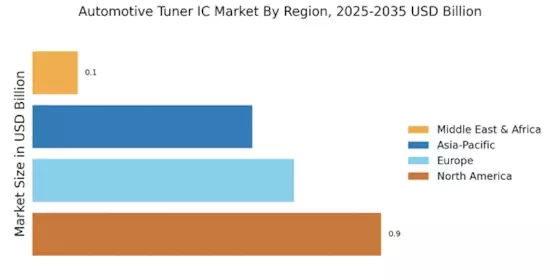
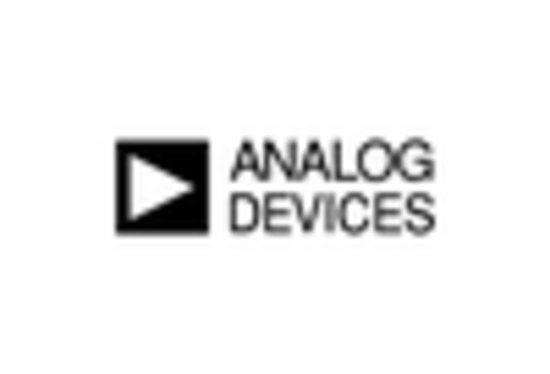

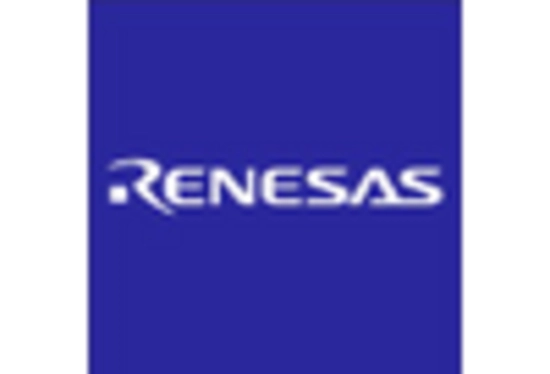
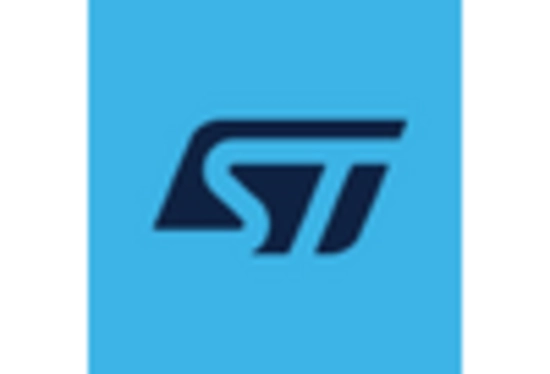









Leave a Comment